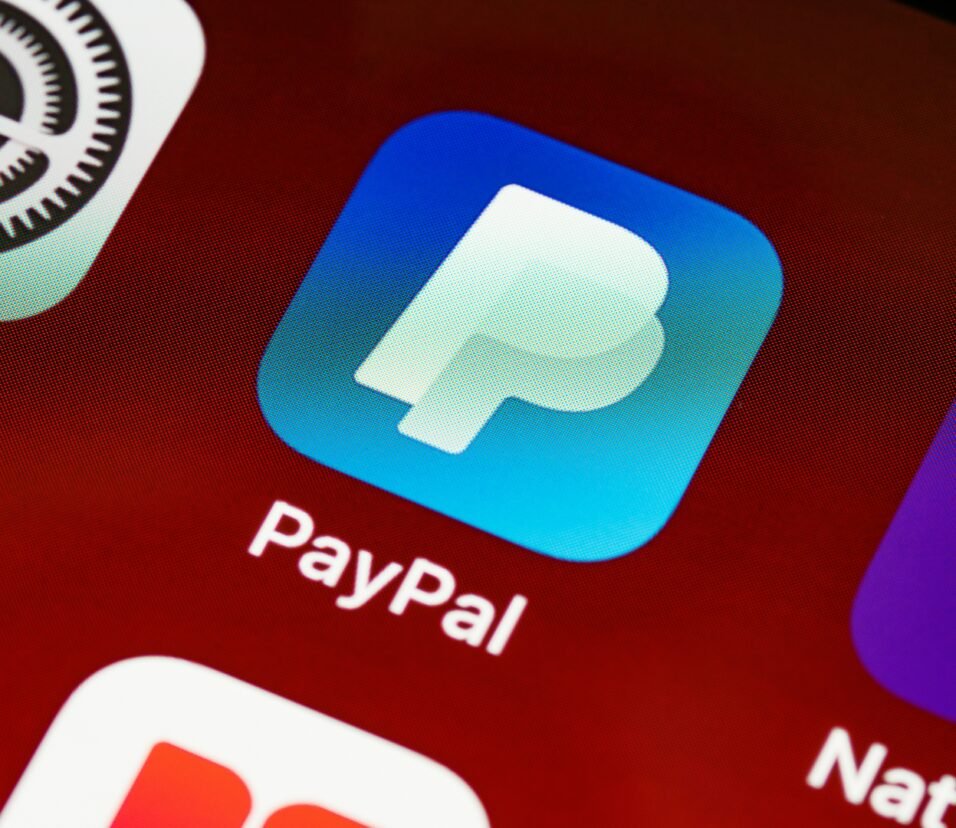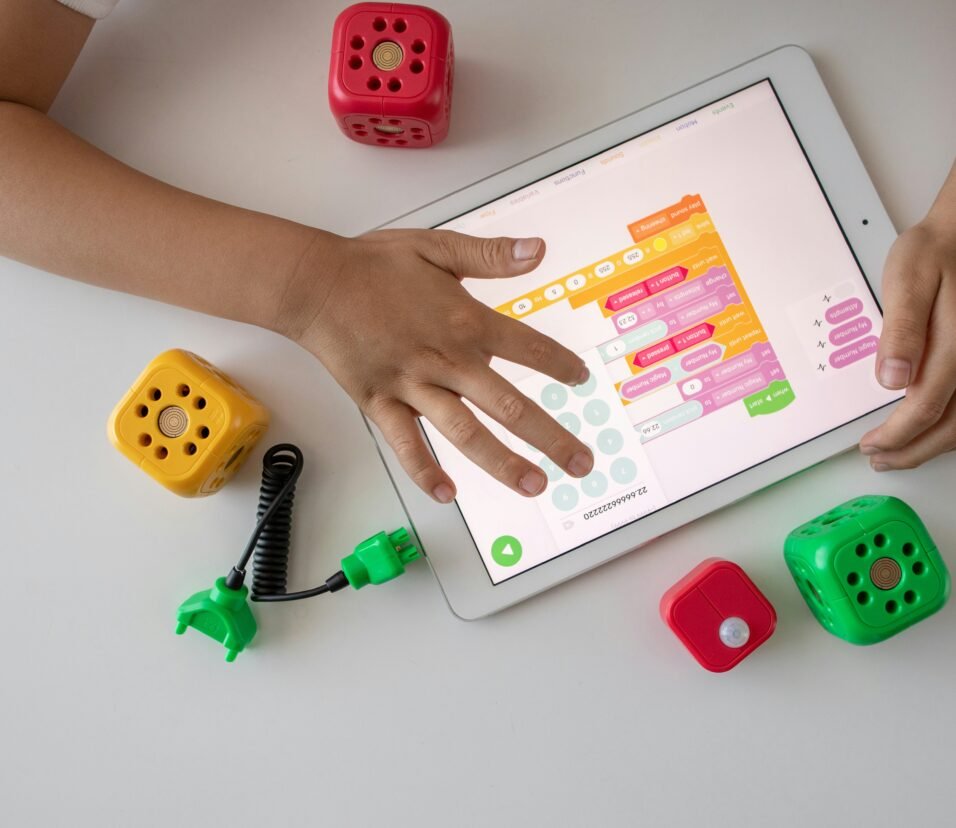The Rise of No-Code App Builders: Create Your Own App Without Coding
Gone are the days when building an app meant mastering complex programming languages and hiring expensive developers. Thanks to the rapid evolution of no-code app builders, anyone with a vision and a bit of creativity can now build functional, professional-grade apps without writing a single line of code.
In 2025, no-code platforms are transforming the tech landscape by empowering entrepreneurs, small businesses, educators, and even hobbyists to bring their app ideas to life—fast and affordably.
🔍 What Is No-Code Development?
No-code development platforms provide visual interfaces where users can drag, drop, and configure app components using pre-built templates and modules. Instead of coding, you design your app by:
- Creating workflows
- Setting up databases
- Integrating third-party services
- Designing user interfaces
All without needing programming knowledge.
💡 Why No-Code Is Exploding in Popularity
- Accessibility: Removes the technical barrier so non-developers can create apps.
- Speed: Rapid prototyping and deployment reduce time to market.
- Cost Efficiency: Avoids high developer fees and long project timelines.
- Flexibility: Easily update and iterate apps based on user feedback.
- Integration: Connects smoothly with existing tools like CRM, payment gateways, and marketing platforms.
🛠️ Top No-Code App Builders to Watch in 2025
1. Bubble
- Fully customizable web apps with drag-and-drop UI builder
- Powerful backend workflows and database management
- Great for startups and marketplaces
2. Adalo
- Intuitive interface for building mobile apps
- Pre-built components for common app features
- Supports native app publishing on iOS and Android
3. Glide
- Converts Google Sheets into functional mobile apps
- Ideal for small business apps, event organizers, and inventory tracking
- Very beginner-friendly
4. Thunkable
- Drag-and-drop mobile app builder with real-time testing
- Supports complex logic and API integrations
- Used by educators and professionals alike
5. Appgyver
- Professional-grade no-code platform for web and mobile apps
- Extensive components and integrations
- Suitable for enterprise-level projects
📈 Real-World Success Stories
- Startups: Many bootstrapped startups launched MVPs and scaled without coding skills.
- Nonprofits: Used apps to organize volunteers and manage resources efficiently.
- Small Businesses: Created custom booking, inventory, and customer management apps.
- Educators: Built interactive learning apps and student portals with ease.
🧩 How to Get Started With No-Code App Building
- Define your app’s purpose and target audience.
- Choose the right no-code platform based on features and budget.
- Sketch your app’s UI and workflows on paper or digital tools.
- Use drag-and-drop tools to build the interface and add logic.
- Test thoroughly with real users and iterate based on feedback.
- Publish your app on app stores or web.
🤔 Limitations to Keep in Mind
- No-code apps might face scalability challenges for very complex projects.
- Customization can be limited compared to traditional coding.
- Performance may vary depending on the platform and app complexity.
- Security features depend on the platform’s standards.
🌐 The Future of No-Code Development
- AI Integration: Smarter AI assistants will guide app building and automate workflows.
- Greater Collaboration: Tools enabling cross-functional teams to co-create apps easily.
- Hybrid Models: Combining no-code with low-code for advanced flexibility.
- Expanding Use Cases: From IoT to blockchain, no-code will cover more technology areas.
🧠 Final Thoughts
No-code app builders are democratizing technology and innovation in 2025 like never before. Whether you want to launch a startup, streamline your business, or just experiment with app ideas, no-code platforms make app creation accessible, fast, and fun.








